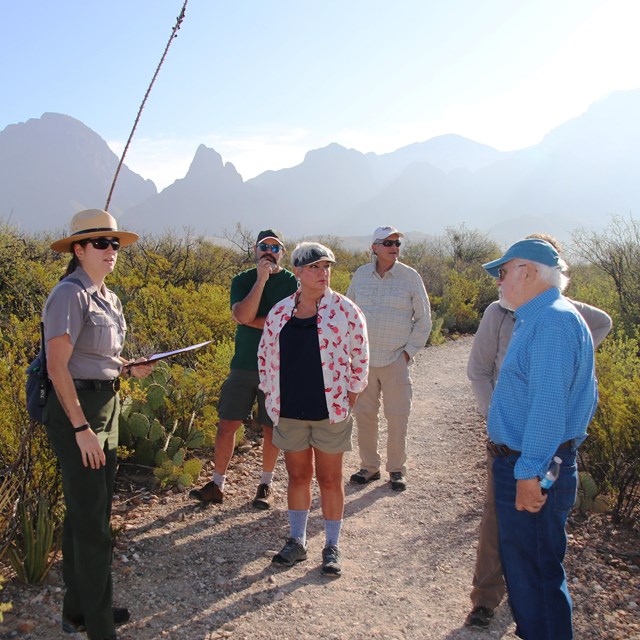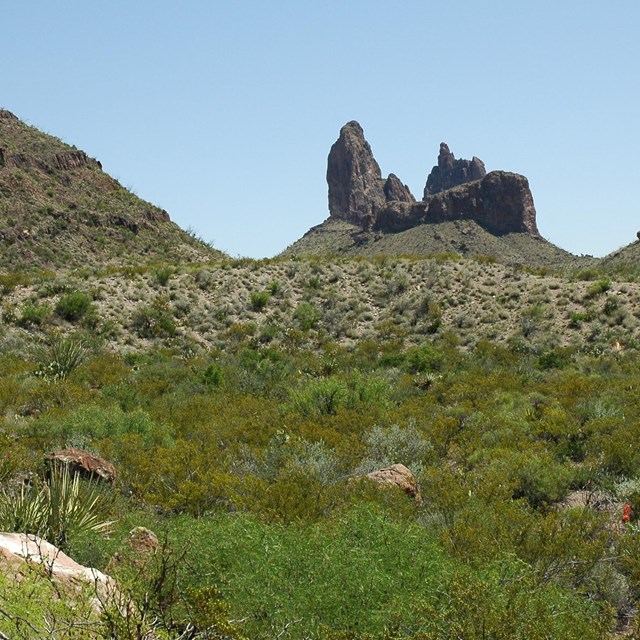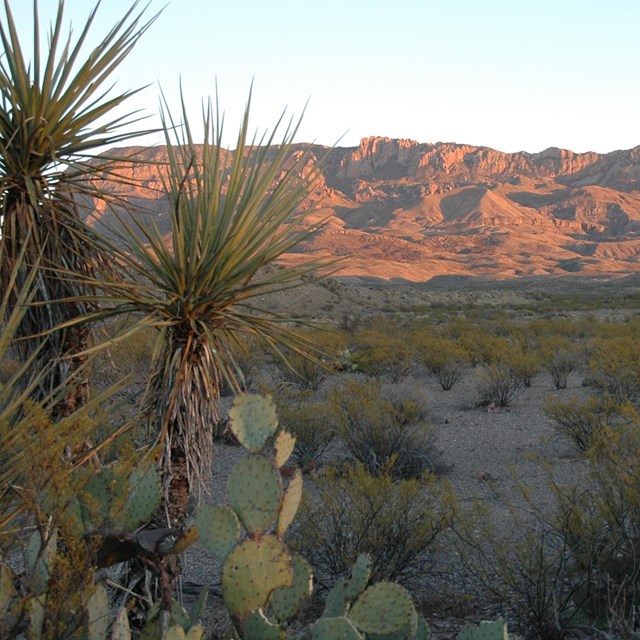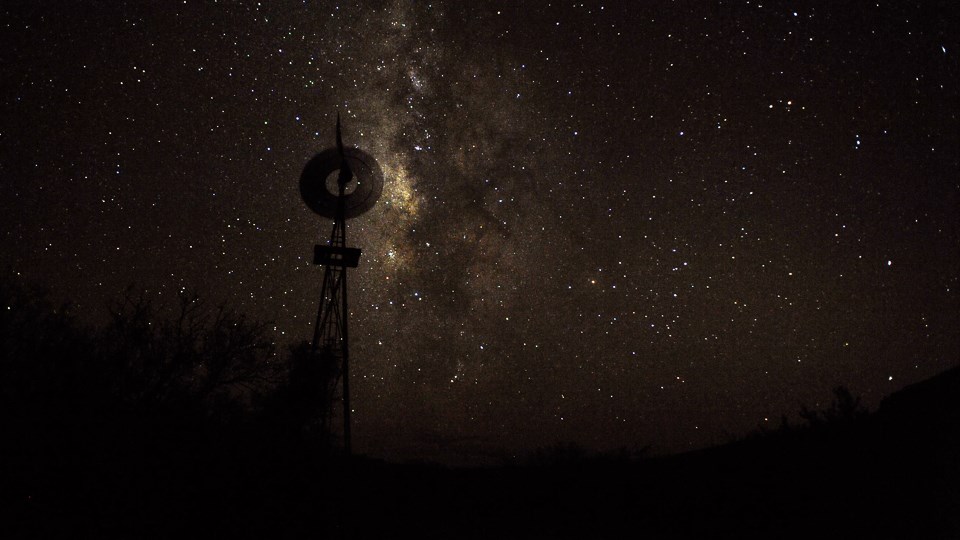
Image courtesy of Mark Schuler 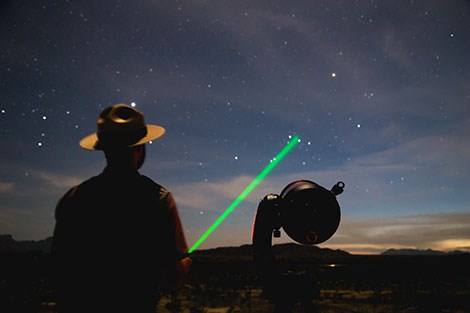
NPS/K. Carpenter Night Sky ProgramsPark Rangers and volunteers offer a variety of regularly scheduled night sky interpretive programs. Programs are fun, informative, and FREE. From star parties, to moonlight walks, our programs encourage discussions about the importance of dark night skies. 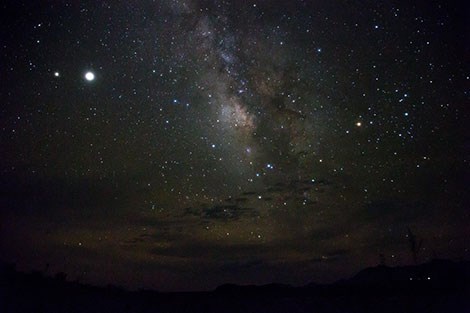
NPS/K. Carpenter Do It YourselfA simple thing like a pair of binoculars can give visitors the ability to see more of our stars than with the naked eye. Find a place away from developed areas, set up your lawn chairs, and enjoy an evening of meteor showers, constellation spotting, Milky Way viewing, or night sky photography.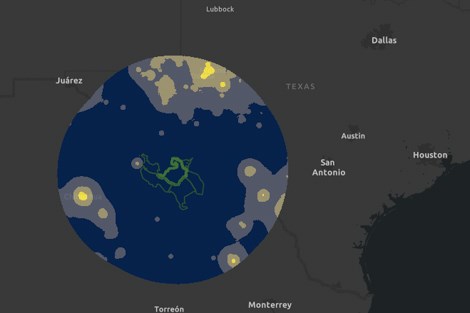
NPS/K. Abbott Night Sky Quality MapBig Bend National Park has some of the darkest night skies in the lower 48 states. The main reason for the great quality of our night skies is due to the fact that Big Bend is far removed from large towns or cities. But as area towns, cities, and industries grow, the associated light pollution also expands toward Big Bend. In an effort to visualize the night sky quality of this area and understand how it's changing over time, Big Bend's Geoscientists in the Park (GIP) Intern Katy Abbott developed a Nighttime Sky Quality map.
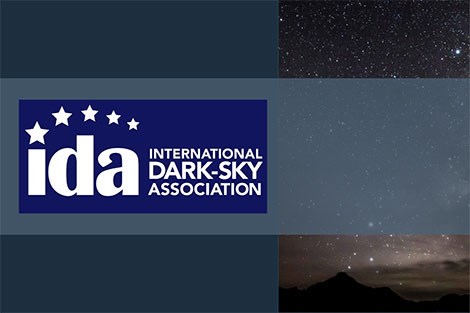
Photo courtesy of NPS and International Dark-Sky Association International Dark Sky ParkIn 2012, Big Bend National Park was awarded International Dark Sky Park status by the International Dark-Sky Association. This process involved measuring and mitigating excess lighting in the park. The Natural Sounds and Night Skies division of the National Park Service has determined that Big Bend has the darkest night skies of any national park in the lower 48 states. Our neighbor, Big Bend Ranch State Park, is also an International Dark Sky Park. The combined protected dark skies in the Big Bend is 1,112,000 acres!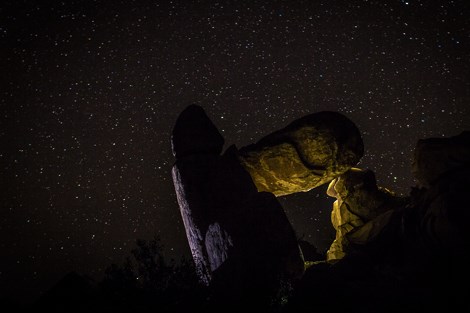
NPS/D. Lombardi Further Dark Sky ReadingOf Solitude and DarknessWhy are dark night skies important?The Darkness That RefreshesAre you afraid of the dark?Of Night Skies and Kerosene LampsRemember when you could see the Milky Way?Learn More
|
Last updated: December 7, 2022

